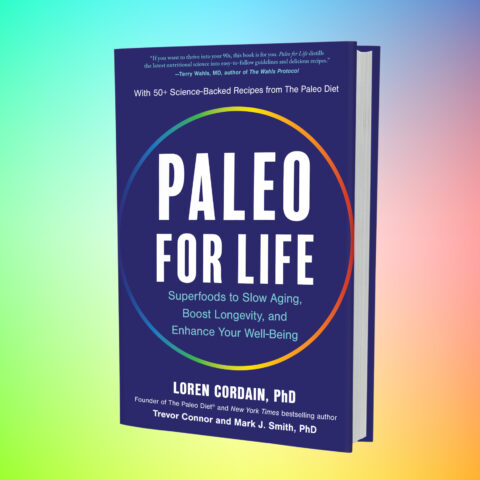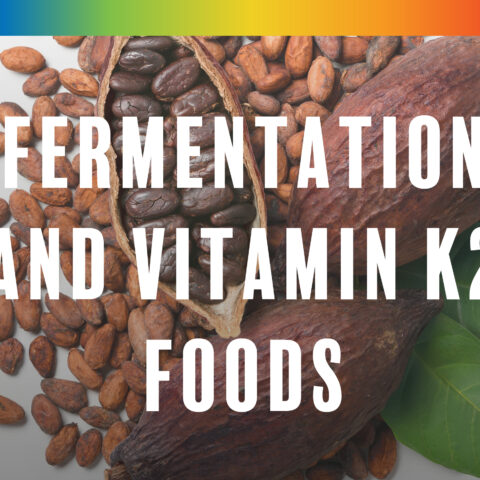How the South Beach Diet Compares to Keto (And Why Paleo Is Still Best)

It can be hard to understand the complexity of diets, especially when they seem so similar at first glance. Like The Paleo Diet®, keto and South Beach diets are generally lower in carbs than the standard American diet. They also focus on eating more fats and and protein, instead of just restricting calories. However, there are a lot of differences between these seemingly similar diets.
Here, we’ll break down the major differences between The Paleo Diet, the South Beach Diet, and the ketogenic diet (keto for short).
What Is the South Beach Diet?
The South Beach Diet was created as a weight loss plan by a physician in 2003. It is generally low-carb, and includes foods like whole grains and legumes.
The South Beach Diet limits processed or simple carbs that are high in starches, like white bread and white potatoes, and encourages lower levels of carbohydrates compared to the standard American diet. It also focuses on moderate protein and plenty of healthy fats.
The South Beach Diet defines healthy fats as monounsaturated, like the type you’d find in olive oil, nuts, seeds, avocado, and canola oil. It steers eaters away from saturated fats and fattier cuts of meat, and toward leaner proteins.
There are three phases of The South Beach Diet. The first phase is a strict two-week period without carbs, alcohol, sugar, or starches. In phase two, whole grains and higher carb foods are reintroduced until you reach your goal weight. Phase three is focused on maintaining that new weight, and allows any food to be eaten in moderation. If you start to gain weight back, you’re supposed to move back to phase one or two.
In addition to the phased structure, the South Beach Diet suggests eating six small meals a day instead of three larger meals. You can purchase pre-made meals or snack kits from the South Beach Diet website, or buy cookbooks with recipes to follow.
How Does the South Beach Diet Compare to Keto and Paleo?
The South Beach Diet and keto have a few key similarities. They both allow you to eat dairy products and they also implement dietary changes in set phases. Keto is much stricter. In order to remain in ketosis, followers of the diet must adhere more strictly to its guidelines.
In contrast to The South Beach Diet and keto, The Paleo Diet focuses heavily on nutrient density and food quality. The Paleo Diet also makes things easier on its followers. Instead of sticking to strict measures like keto, or implementing phases like South Beach, The Paleo Diet encourages overall health in a sustainable way.
We encourage the 85/15 rule and allow followers to enjoy whatever foods they like about 15% of the time. As long as the diet guidelines are followed 85% of the time, Paleo dieters can expect to reap benefits like weight loss, disease prevention, higher energy, clearer skin, and better sleep—to name a few.
How Do You Decide Which Diet Is Best for You?
When it comes to deciding which diet is best for your needs, there are several factors to consider.
If you’re following a diet plan to lose weight, it’s important to consider how you’ll want to maintain your weight loss. Sticking to a strict plan to drop some weight and then resuming previous eating habits almost always results in a return of weight gain. [1]
When you’re looking at a dietary plan that you could follow long-term, The Paleo Diet shows the most promise for consistency and ease. Here’s why:
- A keto plan is far more intensive and may not be safe as a long-term lifestyle for some. [2]
- The South Beach Diet has some similar risks to keto, especially in phase one, when carbs are extremely limited and ketosis may naturally occur as a result. Again, this could be unsafe for some. [3]
- The Paleo Diet focuses on nutrient-dense foods and is easier to adapt to normal life.
A ketogenic diet may be too intense for certain chronic conditions or may be too hard to manage. The South Beach Diet was designed to be a weight loss plan, and does not focus on nutrient density as much as it does macronutrients. Plus, South Beach presents a limited view of healthy fats, whereas The Paleo Diet encourages a wide array of healthy fats from both plant and animal sources.
If you’re looking for a diet to manage chronic or autoimmune conditions, your physician should certainly weigh in. But for many, The Paleo Diet will represent the best chance at a nourishing, therapeutic food plan that is rich in vitamins and minerals.
Bottom Line
There are many low-carb and other dietary options available, but when it comes to a diet that can encourage natural weight loss and maintenance, as well as the ability to nourish the body with nutrient-dense foods, the evidence suggests The Paleo Diet is superior to a ketogenic or South Beach diet.
References:
- Hall, K. D., & Kahan, S. (2018). Maintenance of Lost Weight and Long-Term Management of Obesity. The Medical clinics of North America, 102(1), 183–197. https://doi.org/10.1016/j.mcna.2017.08.012
- Batch, J. T., Lamsal, S. P., Adkins, M., Sultan, S., & Ramirez, M. N. (2020). Advantages and Disadvantages of the Ketogenic Diet: A Review Article. Cureus, 12(8), e9639. https://doi.org/10.7759/cureus.9639
- Chalasani, S., & Fischer, J. (2008). South Beach Diet associated ketoacidosis: a case report. Journal of medical case reports, 2, 45. https://doi.org/10.1186/1752-1947-2-45
Aimee McNew
Aimee McNew is a nutritionist and writer who focuses on women’s health, infertility, and postpartum wellness.
More About The Author




